What Are the Four Layers of the Digestive Tract Quizlet
The GI tract contains four layers. The GI tract contains four layers.

The Human Digestive System Organs Functions And Diagram
3 sub mucosa is third layer.

. The digestive tract from the esophagus to the anus is characterized by a wall with four layers or tunics. 2 Muscle layer is second part. The layer of digestive tract wall that is responsible peristalsis.
- layer between mucosa and muscularis externa - irregular layer of connective tissue with large blood vessels lymphatics and nerves muscularis externa D - layer between submucosa and. 4 layers deep to superficial Click card to see definition. Tap card to see definition.
The GI tract contains four layers. The coordinated contractions of these layers is called peristalsis and propels the bolus or balled-up food through the GI tract. Label the diagram below with the four main layers you listed in question 6.
What is the outermost layer of the digestive tract wall quizlet. Steve Answeregy Expert Tunics of Digestive System Flashcards Quizlet. 4 mucosa is the inner most layer.
The structure of these layers varies in different regions of the digestive system depending on their function. The GI tract contains four layers. The structure of these layers varies in different regions of the digestive system depending on their function.
The structure of these layers varies in different regions of the digestive system depending on their function. Layers of digestive tract. There are a total of four layers - namely Serosa Muscularis Sub-Mucosa and Mucosa.
The innermost layer is the mucosa underneath this is the submucosa followed by the muscularis propria and finally the outermost layer the adventitia. The GI tract is composed of four layers. A Mucosa-The mucosa or innermost of the GI tract is a mucous membrane.
Each layer has different tissues and functions. Next muscular contractions propel it through the alimentary canal and physically break it down into tiny particles. The structure of these layers varies in different regions of the digestive system depending on their function.
The mucosa is a mucous membrane that lines the inside of the digestive tract from mouth to anus. The mucosa includes a type of columnar __epithelium_____that forms the inner lining of the lumen 4. Mucosa submucosa muscularis and serosa.
A layer of the human digestive system that contains thick conn. First food is ingested chewed and swallowed. The innermost layer is the mucosa underneath this is the submucosa followed by the muscularis propria and finally the outermost layer the adventitia.
The four main layers of the digestive tract wall are a. It is the outermost layer which acts a protection for the inner layers. 1 serosa is outer layer.
The layers are discussed below from the inside lining of the tract to the outside lining. From the inside out they are called. The innermost layer is the mucosa underneath this is the submucosa followed by the muscularis propria and finally the outermost layer the adventitia.
The circular muscle layer prevents the food from going backwards and the longitudinal layer shortens the tract. The innermost layer is the mucosa underneath this is the submucosa followed by the muscularis propria and finally the outermost layer - the adventitia. The mucosa is the innermost layer and functions in absorption and secretion.
The GI tract contains four layers. The six major activities of the digestive system are ingestion propulsion mechanical breakdown chemical digestion absorption and elimination. Serosa visceral periotneum Click again to see term.
It is further divided into 1 Outer Longitudinal layer - elongated muscles which help in peristalsis in oesophagus. Layers of GI Tissue. 3rd layer made of 2 layers of smooth muscle.
The structure of these layers varies in different regions of the digestive system depending on their function. The innermost layer is the mucosa underneath this is the submucosa followed by the muscularis propria and finally the outermost layer the adventitia. The innermost layer is the mucosa underneath this is the submucosa followed by the muscularis propria and finally the outermost layer the adventitia.
The innermost layer of the human digestive tract. Consists of a circular inner muscular layer and a longitudinal outer muscular layer. The layer of digestive tract wall that forms villi in the small intestine.
The visceral peritonium attached to the surface of a digestive organ. Digestive tract is made up of four layers. The innermost layer is the mucosa underneath this is the submucosa followed by the muscularis propria and finally the outermost layer the adventitia.
The GI tract contains four layers. The GI tract contains four layers. The structure of these layers varies in different regions of the digestive system depending on their function.
It is composed of epithelium connective tissue lamina propria and a layer of smooth muscle muscularis mucosa. The structure of these layers varies in different regions. It is composed of epithelium cells and a thin connective tissue.
The wall of the GI tract from the esophagus to the anal canal has four-layer from deep to superficial are the mucosa submucosa muscularis and serosaadventitia.

Anatomy Ii Ch 22 Digestive System Flashcards Quizlet
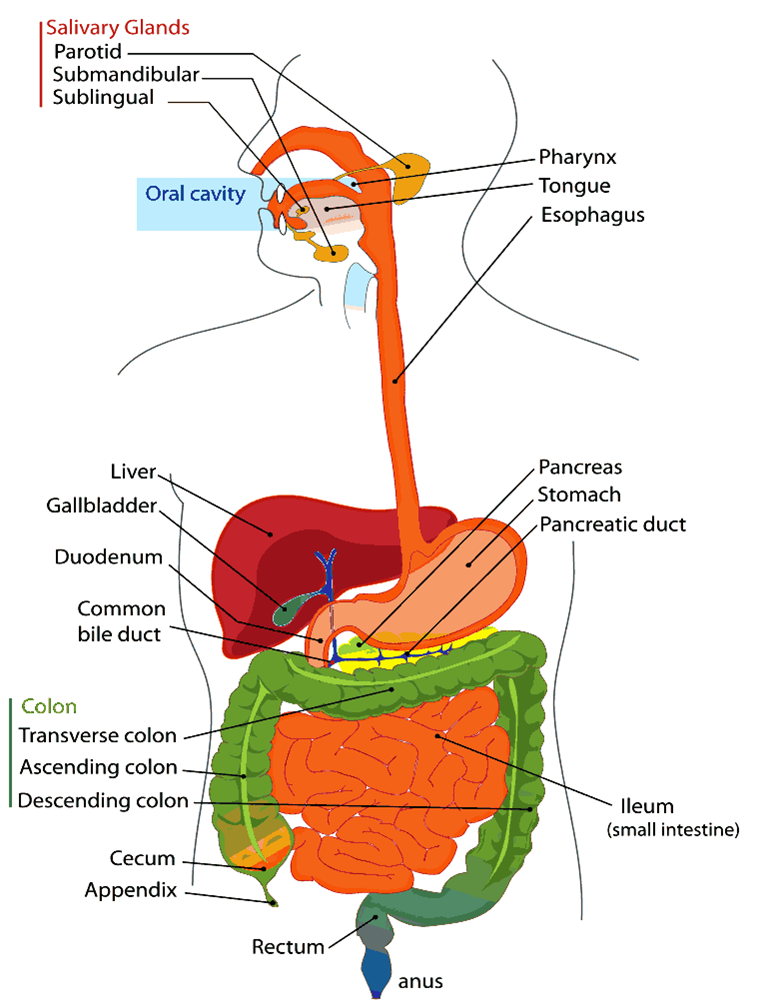
Macronutrient Digestion Human Nutrition

In Order Starting With The Innermost Layer What Are The Four Walls Of The Digestive Tract Lisbdnet Com

Unit 5 Layers In The Digestive Tract Wall Diagram Quizlet

Major Layers Of The Digestive Tract Diagram Quizlet
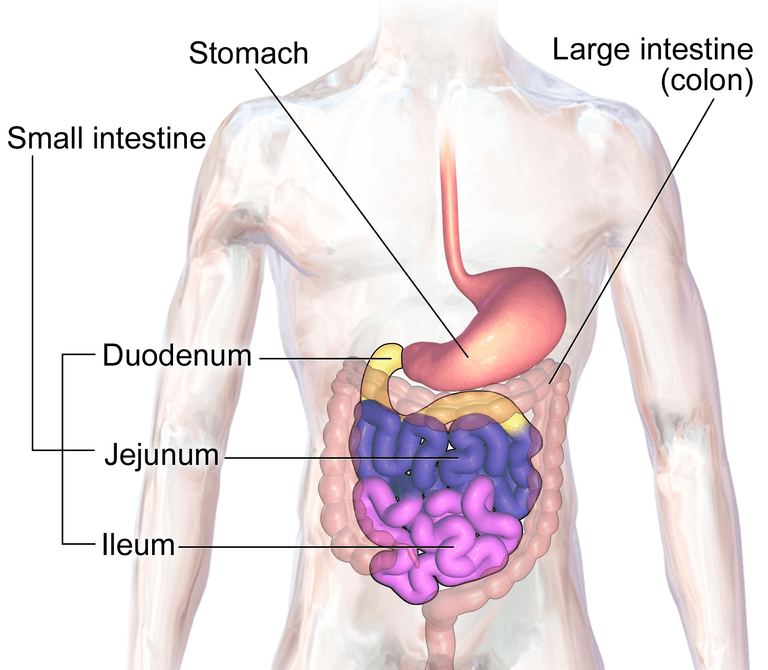
The Human Digestive System Organs Functions And Diagram
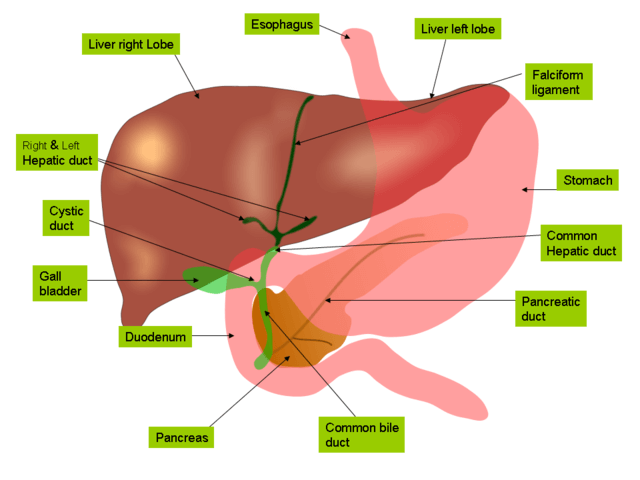
The Human Digestive System Organs Functions And Diagram

In Order Starting With The Innermost Layer What Are The Four Walls Of The Digestive Tract Lisbdnet Com

Navicular And Cuboid Massage Business Kinesiology Cuboid

Histology Of Gastrointestinal Tract Ppt Video Online Download

The Human Digestive System Organs Functions And Diagram

Digestive Tract Diagram Quizlet


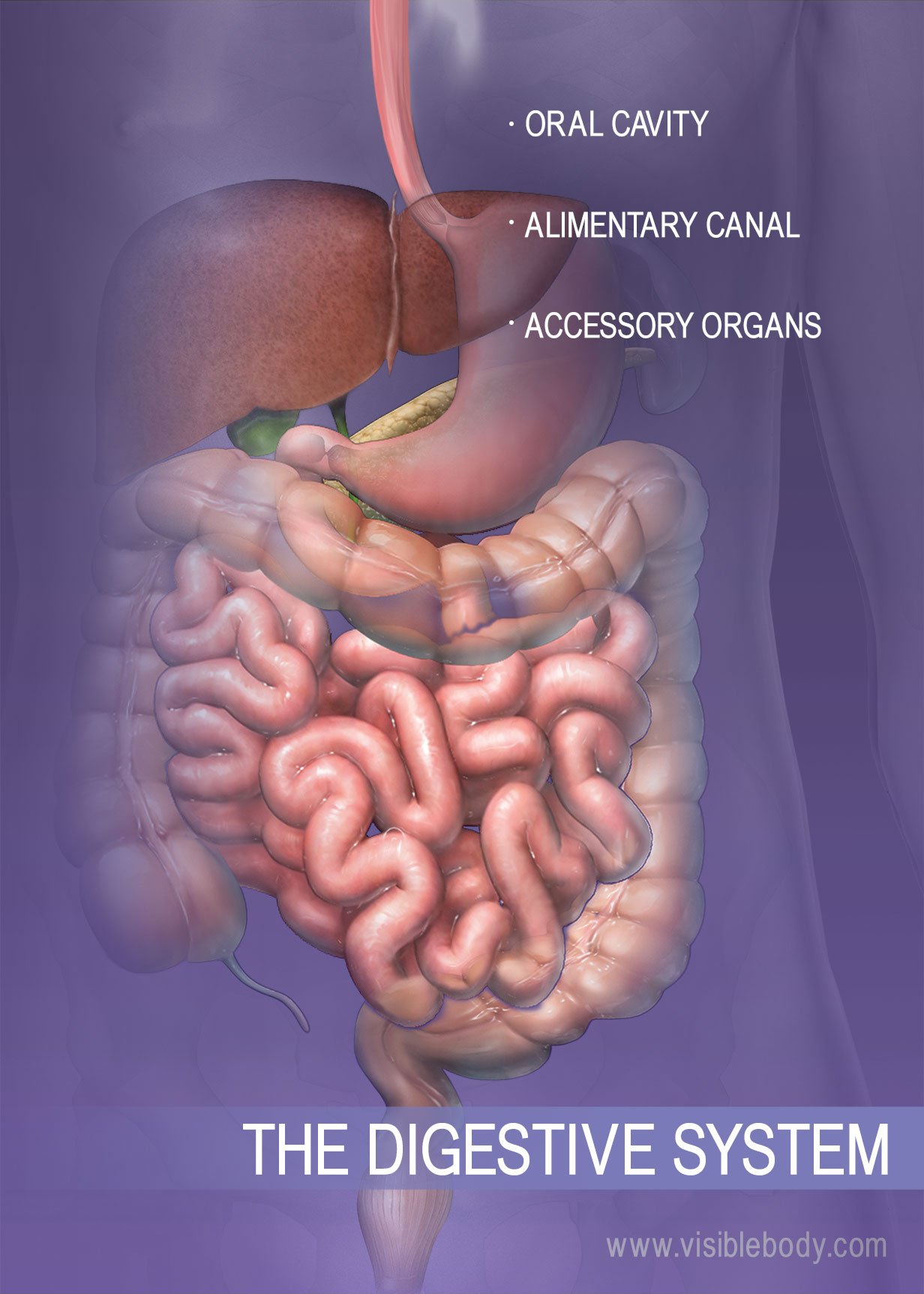
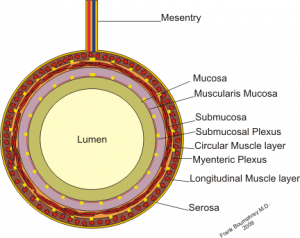

Comments
Post a Comment